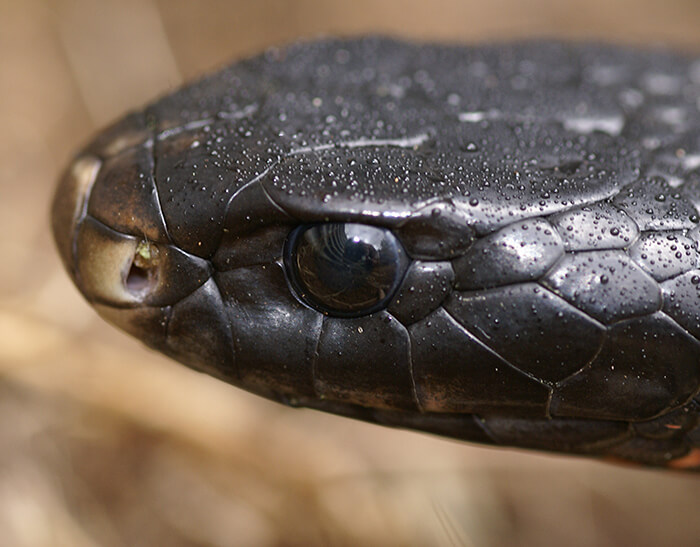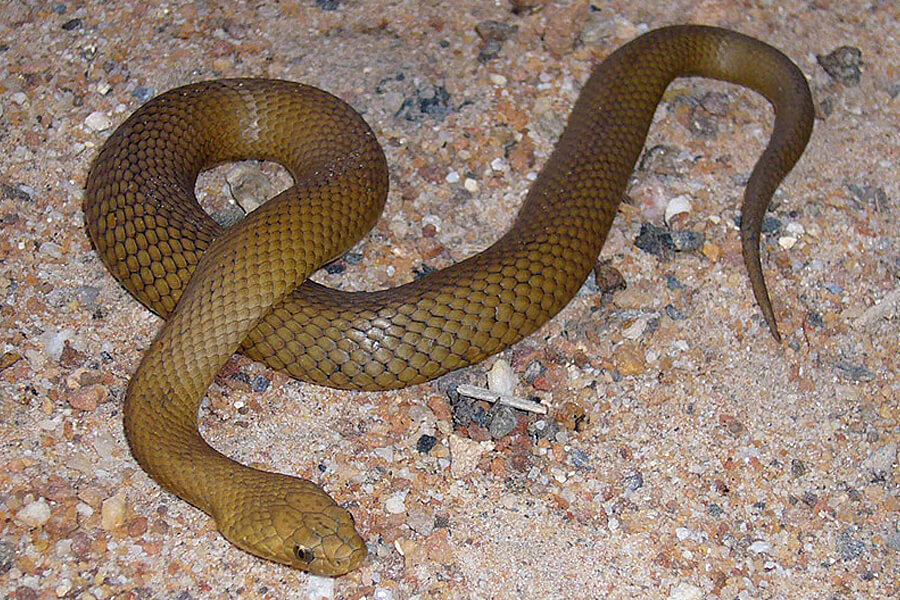Introduction
The tiger serpent is one of Australia's the majority of notorious reptiles, been afraid for its potent venom and aggressive character. This fascinating animal plays a vital role in the ecological community, yet it frequently encounters misconceptions that result in unnecessary fear. In this thorough post, snake bites first aid we will delve into the world of the tiger serpent, exploring its habitat, venom qualities, and essential emergency treatment methods in situation of a snake bite.
Understanding the Tiger Serpent: Habitat, Venom, and Emergency Treatment Essentials
Tiger serpents are predominantly located along the southerly shoreline of Australia, consisting of Tasmania. They grow in numerous settings such as marshes, seaside areas, and also urban locations. Their versatility makes them successful predators; however, their closeness to human environments often brings about encounters that can result in bites.
This post aims to debunk tiger serpents by reviewing their environment preferences, analyzing their venom structure and effects on people, and offering critical first aid info for bites.
1. Tiger Snake Environment: Where Do They Live?
1.1 Summary of Tiger Serpent Distribution
Tiger serpents (Notechis scutatus) are mainly found in southerly Australia and Tasmania. They inhabit numerous ecosystems ranging from seaside marshes to freshwater lakes.
- Coastal Areas: Tiger snakes are usually discovered near coastlines where they quest for fish and amphibians. Wetlands: These locations offer adequate hiding places and abundant prey. Urban Areas: As cities increase right into all-natural habitats, tiger snakes might be seen venturing into suv gardens or parks.
1.2 Preferred Habitats of Tiger Snakes
Tiger serpents like wet environments where water resources are easily available. Their habitats commonly consist of:
- Marshes: The thick vegetation allows them to assail victim effectively. Swamps: These locations offer sanctuary from predators while giving a rich searching ground. Riversides: Water bodies attract lots of animals which function as food sources for these snakes.
1.3 Environmental Aspects Affecting Environment Choice
Several aspects affect where tiger snakes pick to stay:
- Temperature: Being ectothermic (cold-blooded), they require warm atmospheres for optimum activity levels. Prey Schedule: High populations of frogs and little animals attract these snakes. Shelter: Thick plant life serves not just as camouflage however likewise as defense against potential threats.
2. Are Tiger Snakes Venomous? Comprehending Their Venom
2.1 Composition of Tiger Serpent Venom
Yes! Tiger serpents are undoubtedly poisonous creatures. Their poison is an intricate blend consisting of neurotoxins that can create paralysis and coagulopathies impacting blood clotting mechanisms.
Key Components of Venom:
- Neurotoxins: Influence nerve function causing paralysis. Hemotoxins: Damage capillary triggering internal bleeding.
Understanding these components aids us value the potency of a tiger snake bite.
2.2 Results of a Tiger Snake Bite on Humans
A bite from a tiger serpent can lead to extreme signs:
- Local Symptoms: Pain, swelling, and discoloration at the bite site. Systemic Symptoms: Queasiness, throwing up, problem taking a breath due to paralysis or tightness of airways.
Severity Levels
Minor Bite: Local discomfort without systemic symptoms. Moderate Bite: Systemic symptoms however workable with clinical care. Severe Bite: Lethal; requires immediate medical intervention.3. Identifying Various Types of Tiger Snakes
3.1 Eastern vs Tasmanian Tiger Snakes
There are two key classifications based on geographic circulation:

Eastern Tiger Snake (Notechis scutatus)
Found along eastern coasts up to Queensland.
Tasmanian Tiger Serpent (Notechis scutatus)
Adapted especially to Tasmania's special environment with a little varying pigmentation patterns.
3.2 Color Variants in Habitat Preferences
Tiger serpents display considerable shade variations depending on their habitat:
- Coastal populations usually present stripes or spots for much better camouflage versus sandy shores.
4. Behavior Patterns of Tiger Snakes
4.1 Hostility Level
Tiger serpents are recognized for their aggressive behavior when threatened or cornered which can lead to protective strikes if provoked.
4.2 Searching Techniques
They possess amazing dexterity permitting them to strike promptly at prey such as frogs or tiny rodents primarily during twilight hours when they're most energetic-- making them nocturnal hunters!
5. First Aid for Snake Bites: Vital Steps You Need To Know
When it comes to taking care of serpent attacks, understanding is vital!
5.1 Immediate Actions After a Bite
If bitten by a tiger serpent:
Stay calm! Panic enhances heart price which spreads out poison quicker via your bloodstream.
Apply pressure around the injury making use of clean towels-- prevent cutting or sucking out venom!

Remove limited clothing/jewelry near the bite website; swelling might take place rapidly.
Immobilize the influenced limb utilizing splints preferably-- this restricts motion helping reduce poison spread!
5.2 Getting Clinical Help
Seek emergency situation clinical support quickly! Time is critical when taking care of potential envenomation from tiger snakes!
5.3 Emergency treatment Package Basics for Serpent Bites
Having a well-appointed first aid package can make all the distinction during emergencies:
|Item|Summary|| ------|-------------|| Stress Bandage|Helps immobilize wound|| Sterilized Gauze|For dressing injuries|| Emergency Get In Touch With Info|Quick accessibility Go to this website numbers|| Antivenom Information|Knowledge about regional antivenoms|
6 FAQs About Tiger Snakes
Q1: Are all tiger snakes dangerous?
A: While all have poisonous capacities impacting human beings significantly-- most choose avoidance unless threatened!
Educating about venomous snakes
Q2: How promptly does tiger serpent poison influence humans?
A: Symptoms might manifest within minutes relying on location & & amount injected during envenomation events!
Q3: Can you survive a tiger snake bite without treatment?
A: Unattended attacks can be deadly because of fast progression; immediate healthcare is crucial!
Q4: What need to I do if I experience one?
A: Preserve distance & & retreat gradually; prevent abrupt motions that might provoke aggression!
Q5: How usual are attacks from tiger snakes?
A: Although experiences occur frequently-- actual bites remain reasonably uncommon due mainly due precautionary actions taken by citizens living within affected ranges.

Q6: Exists an antidote available?
A: Yes! Antivenoms particular for Australian types exist-- medical centers lug these medications prepared when required urgently post-bite incidents!
7 Conclusion
Understanding the complexities bordering "Understanding the Tiger Serpent: Environment, Poison, and Emergency Treatment Basics" is extremely important not only for individual safety but additionally promoting coexistence with these remarkable creatures populating Australia's landscape! By finding out more concerning their actions & & reliable reaction approaches concerning possible encounters-- we outfit ourselves much better against unnecessary worries while valuing nature's variety totally! So let's accept education instead fear-- it leads in the direction of harmony in between mankind wildlife alike!